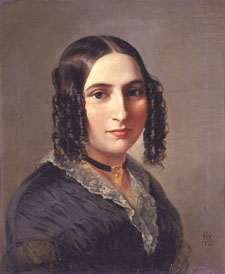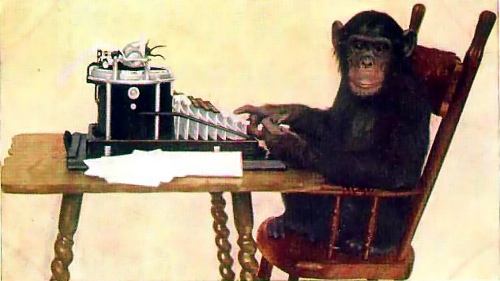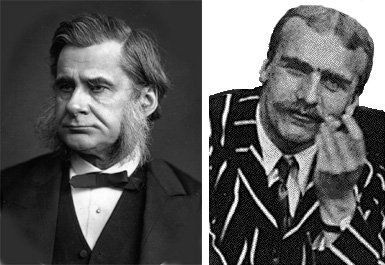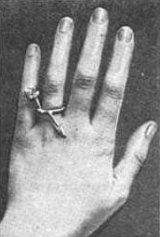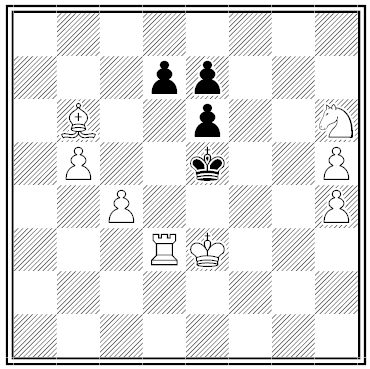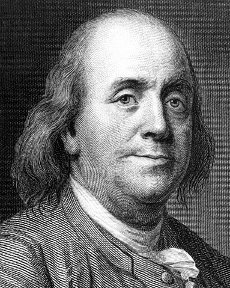In 1816, enterprising meteorologist Francis Ronalds strung eight miles of wire through his London garden and created a working telegraph. When he offered it to the British Admiralty, he received this response:
Mr. Barrow presents his compliments to Mr. Ronalds, and acquaints him, with reference to his note of the 3rd inst., that telegraphs of any kind are now wholly unnecessary, and that no other than the one now in use [i.e., semaphore] will be adopted.
So Ronalds gave up. “I felt very little disappointment, and not a shadow of resentment, on the occasion, because every one knows that telegraphs have long been great bores at the Admiralty,” he wrote. “I claim no indulgence for mere chimeras and chimera framers, and I hope to escape the fate of being ranked in that unenviable class.”

